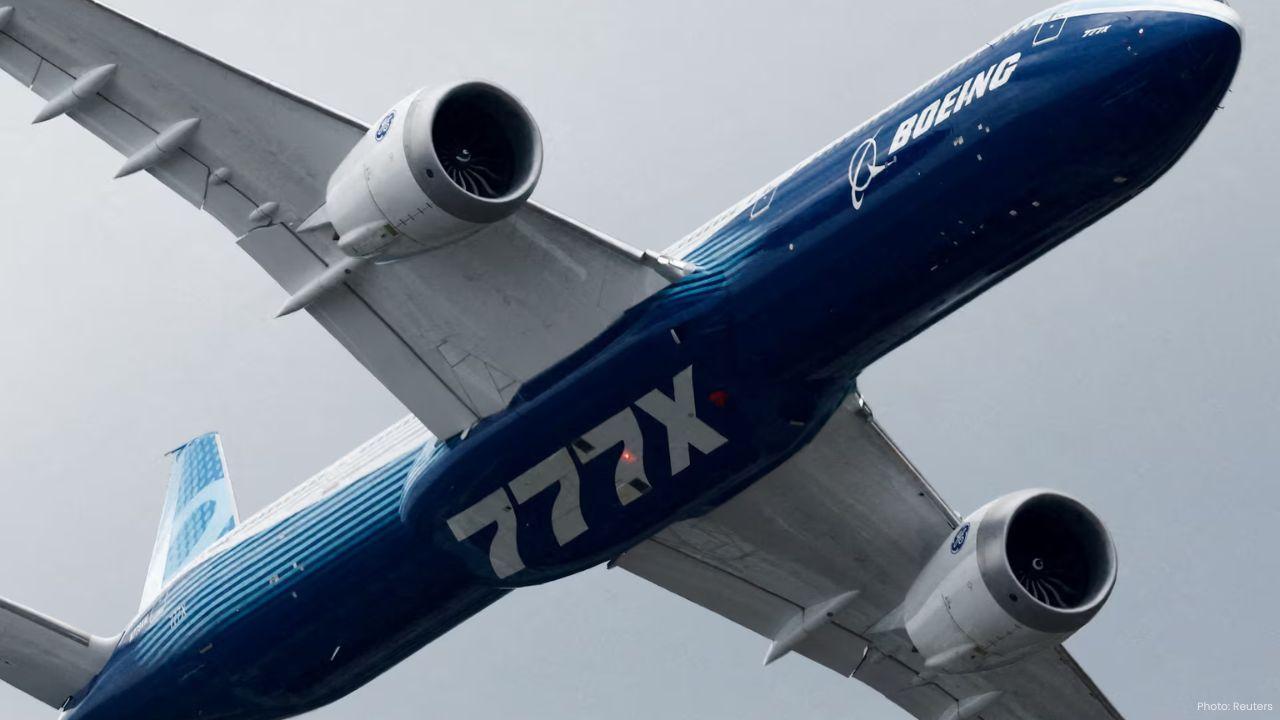
Post by : Meena Rani
Boeing has achieved a major milestone with its 777X aircraft by completing an intensive 63-day brake testing campaign. This testing took place at Clinton Sherman Airport in Oklahoma and is a critical step in ensuring the aircraft’s safety, performance, and readiness for commercial operations. The 777X, the latest version of Boeing’s popular 777 family, is a wide-body aircraft designed to carry more passengers over longer distances while providing superior fuel efficiency and comfort.
Brake testing is one of the most important parts of aircraft certification. It ensures that the aircraft can safely slow down and stop under various conditions. For large aircraft like the 777X, brakes are crucial because they must safely stop a fully loaded airplane after landing on a runway. Any failure in the braking system can pose serious safety risks.
The Challenges of the Brake Testing
The brake testing campaign was far from simple. Originally planned for 30 days, the campaign stretched to 63 days due to severe weather conditions. The team faced strong winds, thunderstorms, and even hail at times. These conditions made it difficult to conduct consistent tests and required the team to constantly adapt their schedule.
Testing an aircraft of this size is complex. It involves not just landing and braking but also carefully monitoring how the brakes respond to different speeds, weights, and environmental conditions. Every detail must be recorded and analyzed to ensure the brakes meet the strict standards set by aviation authorities.
Despite these challenges, the Boeing team remained dedicated. They worked tirelessly, often around the clock, to complete the tests while maintaining safety and accuracy. This dedication highlights the expertise and commitment of the engineers, pilots, and support staff involved.
Aircraft and Team Behind the Success
The aircraft used for the brake testing was the first 777 9 flight test airplane, identified as WH001. The 777-9 is one of the two models in the 777X family, featuring a longer fuselage, new engines, and innovative folding wingtips. These folding wingtips allow the airplane to have a reduced wingspan on the ground while still benefiting from improved aerodynamics in flight.
The test team was led by Madison Strauss, the test director, with Heather Ross serving as the pilot overseeing flight operations. Both brought years of experience in flight testing, ensuring the aircraft’s performance and safety could be accurately measured. In addition, specialists such as Marlon Mercado, responsible for maintenance, and instrumentation engineer Jeff Un, who managed technical equipment, played crucial roles in keeping the testing process smooth and precise.
The team worked closely with support personnel in Boeing’s Seattle hub. This collaboration was essential for coordinating parts, tools, and data analysis required for testing. The success of the campaign demonstrates the strong teamwork and expertise of Boeing’s engineers and flight crew.
Detailed Testing Procedures
Brake testing is a highly technical process. The team conducted repeated hard braking maneuvers to determine the operational limits of the aircraft’s braking system. Each test involved landing the airplane on the runway and applying maximum braking force while monitoring performance. Sensors measured heat, friction, and wear on the brakes to ensure they functioned safely under stress.
During testing, the team also needed to account for environmental conditions. Dry conditions with wind speeds below 10 knots were ideal for certain tests. However, Oklahoma’s weather was unpredictable, so the team relocated to Lubbock Preston Smith Airport in Texas when necessary. This flexibility ensured that testing continued without compromising accuracy or safety.
In total, 117 new tires were used during the 63-day campaign. Tires play a critical role in braking, as they must provide grip and stability when the aircraft decelerates from high speeds. The use of so many new tires underscores the intensity and thoroughness of the testing process.
Team Dedication and Efforts
The brake testing campaign required incredible dedication from every team member. Flight test maintenance specialist Marlon Mercado explained how challenging it was to ensure that the right tools and parts were available at the right time for 24-hour operations. Instrumentation engineer Jeff Un highlighted the coordination between the on-site team and Boeing’s headquarters in Seattle, which provided critical support for data analysis and logistics.
Such teamwork was essential because any delays could impact the testing schedule and push back aircraft certification. The combined effort of pilots, engineers, and support staff ensured that the 777X brake testing was completed successfully, even under difficult circumstances.
Future Testing and Aircraft Readiness
With brake testing completed, the Boeing 777X program will move on to other important tests, including simulations of ice formations on wings and evaluations of braking performance on wet runways. These additional tests will ensure the aircraft can operate safely in all weather conditions.
The first flight of the 777X took place on January 25, 2020, and the program continues to move toward final certification and delivery. The 777X family, including the 777-9 and 777-8 models, represents Boeing’s most advanced wide-body aircraft. With innovative features like folding wingtips and new fuel-efficient engines, it is designed to meet the growing demand for long-haul air travel.
A Significant Milestone
The completion of the 777X brake testing campaign is a major milestone for Boeing. It demonstrates the company’s commitment to safety, performance, and innovation. Despite facing severe weather challenges, the team’s dedication and collaboration ensured the aircraft met the rigorous standards required for commercial operation.
The 777X is now one step closer to entering service, offering airlines a state-of-the-art aircraft capable of carrying more passengers efficiently and safely over long distances. The successful brake testing ensures that passengers and crews can trust the 777X to perform safely, even under demanding conditions.
Boeing 777X, brake testing, aircraft safety, FAA certification


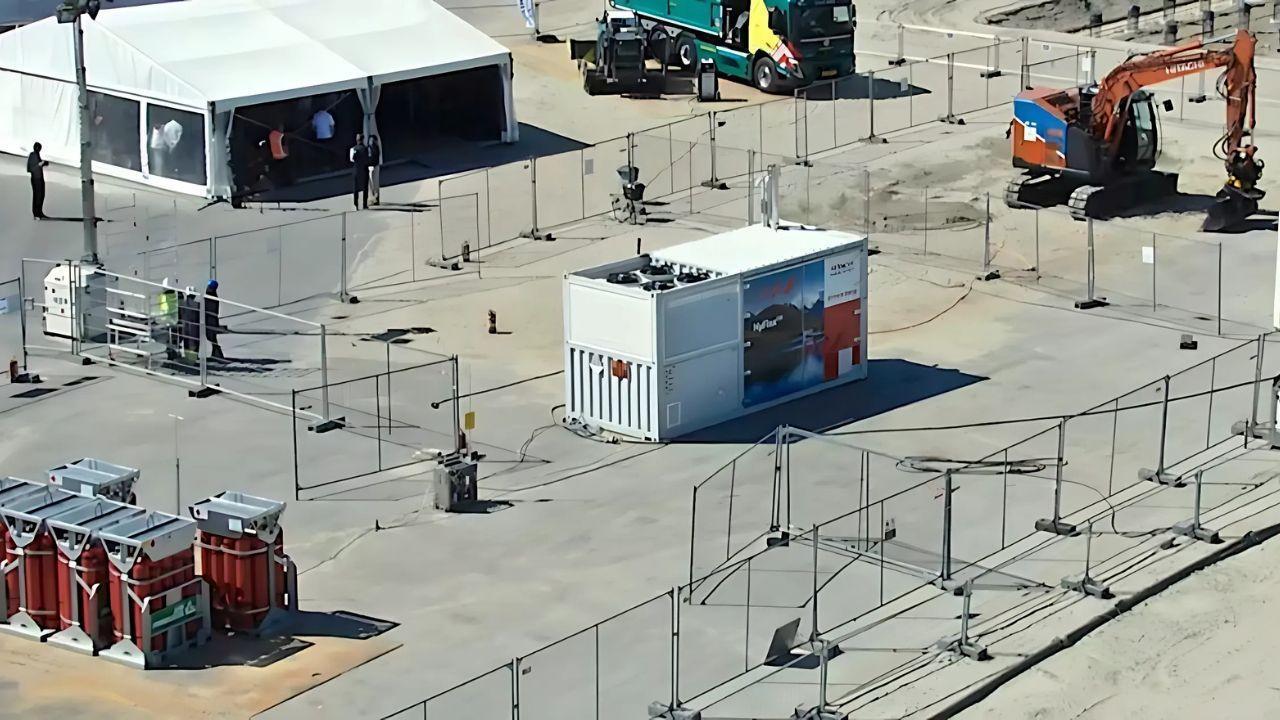
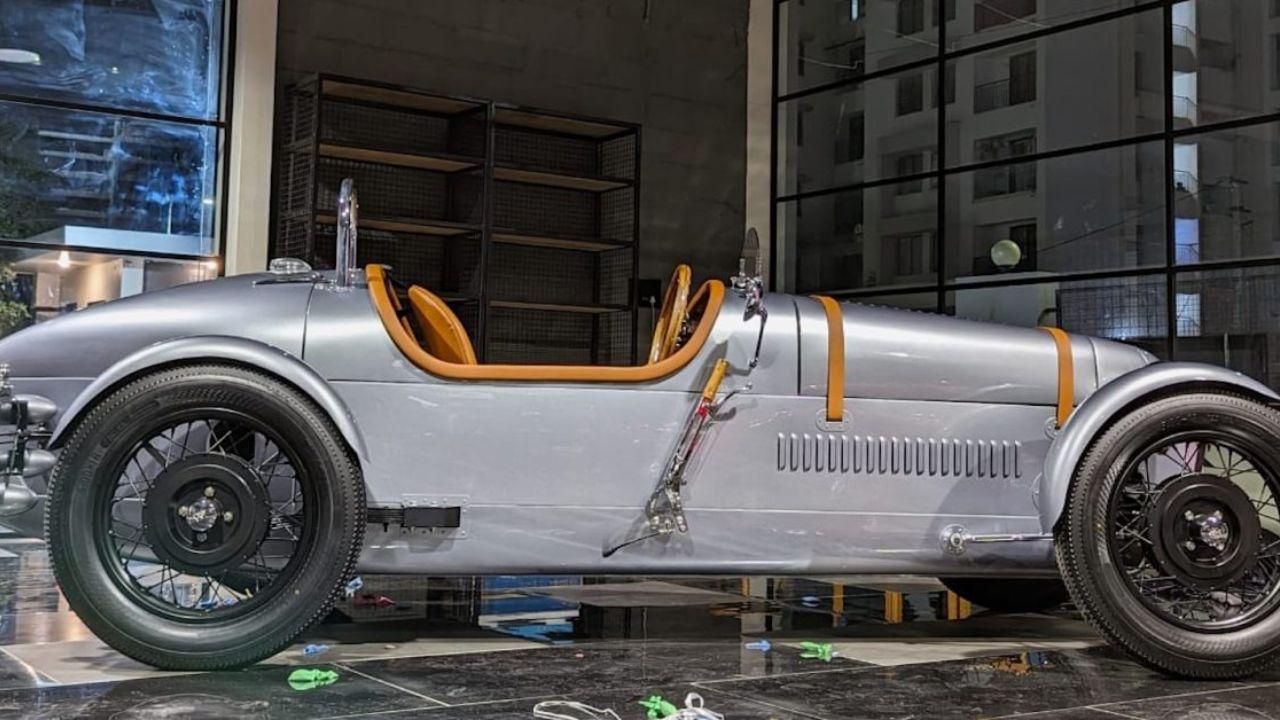


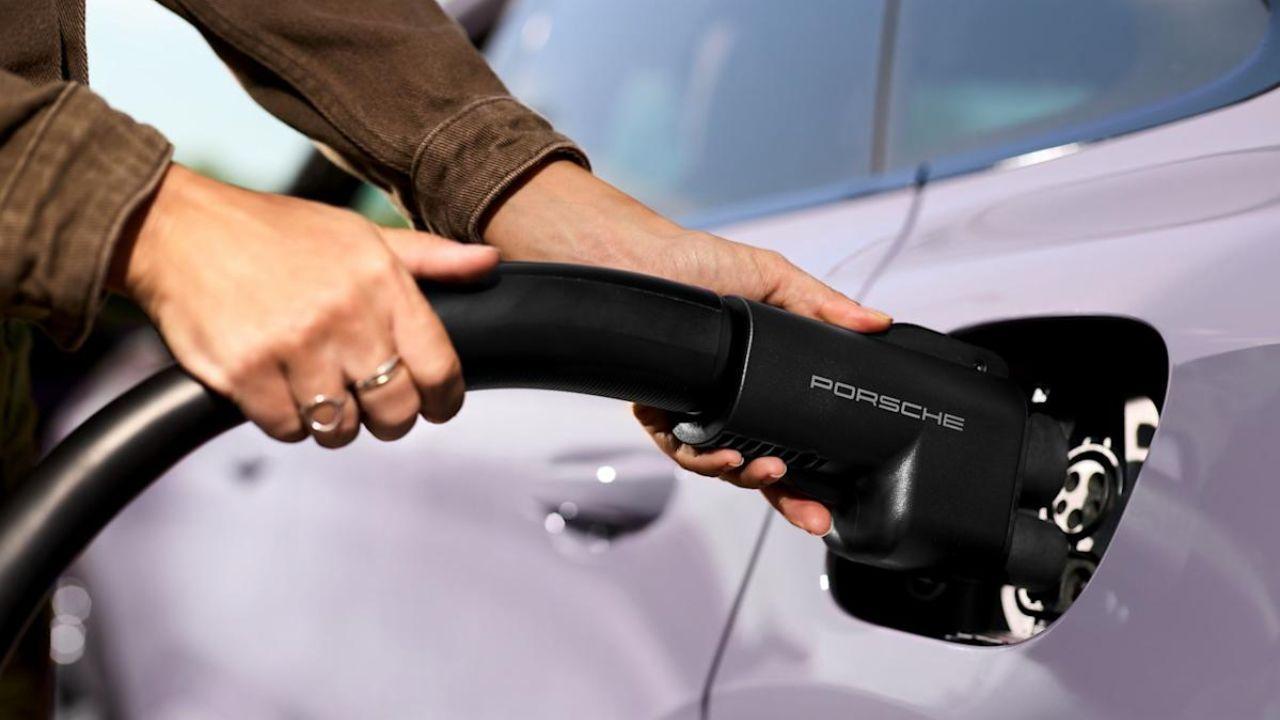

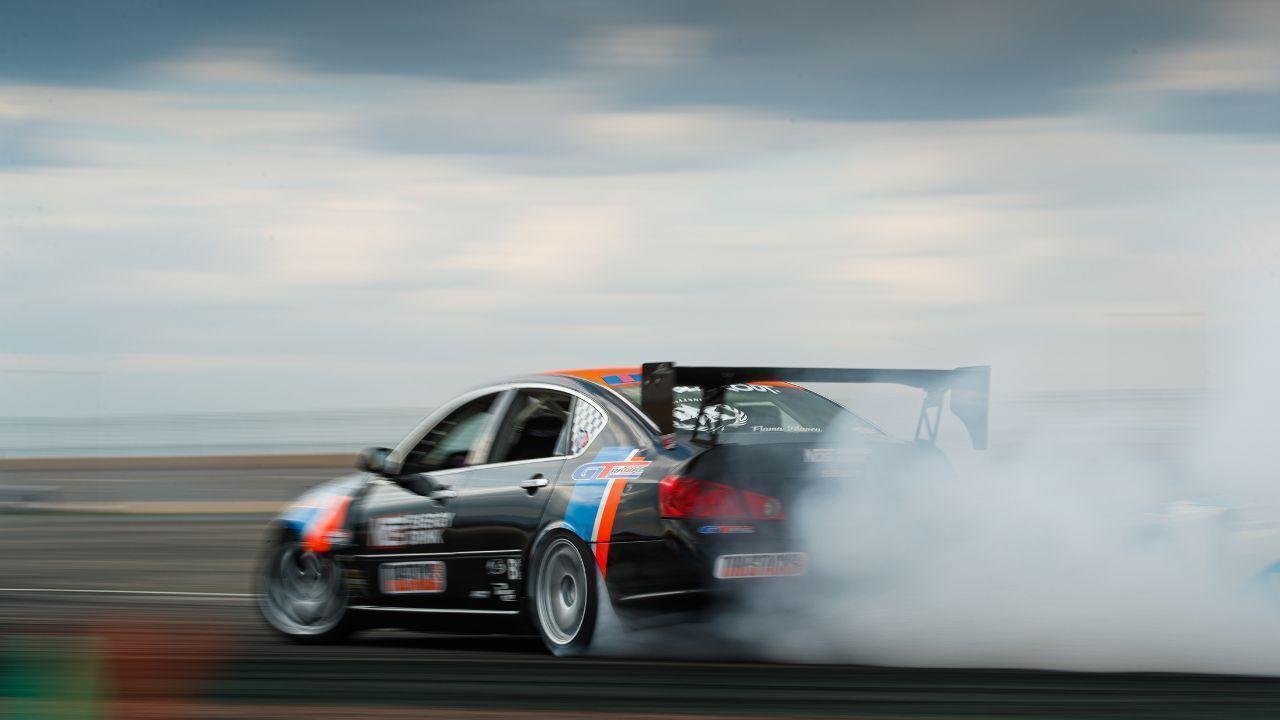

Vande Bharat Passenger’s Spitting Incident Sparks Nationwide Debate
A passenger spitting on the Vande Bharat Express floor sparks online debate on civic sense cleanline

OnTrac Introduces Ground Essentials Service for Affordable and Reliable Shipping
OnTrac launches Ground Essentials a new service offering cost-effective parcel delivery with up to 3
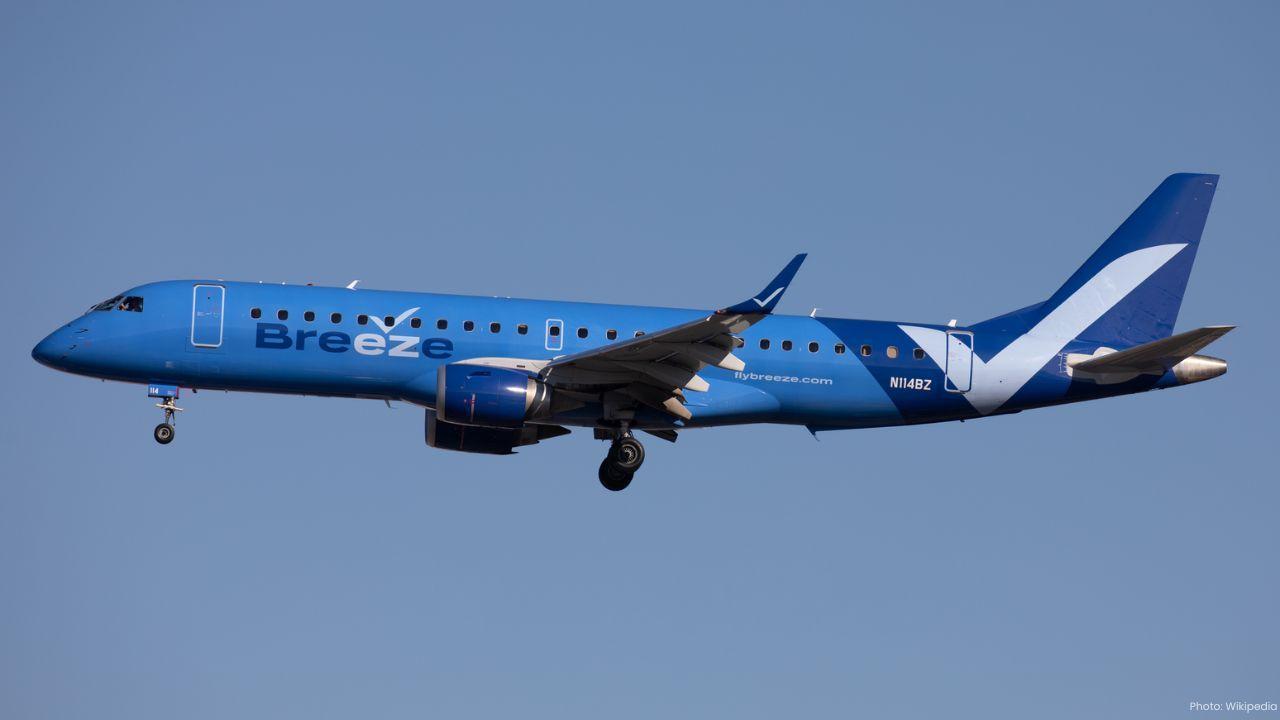
Breeze Airways Earns Five-Star Status as North America's Top Airline
Breeze Airways achieves a five-star rating marking it as North America's leading major airline for 2

Royal Enfield Cuts Prices on 350cc Bikes After GST Rate Reduction
Royal Enfield reduces prices on 350cc motorcycles from September 22, 2025, following GST rate cuts,

Viva ACP Boosts Bus Safety with Strong Lightweight Aluminium Panels
Viva ACP’s panels make buses safer lighter and stronger—saving energy and protecting passengers with
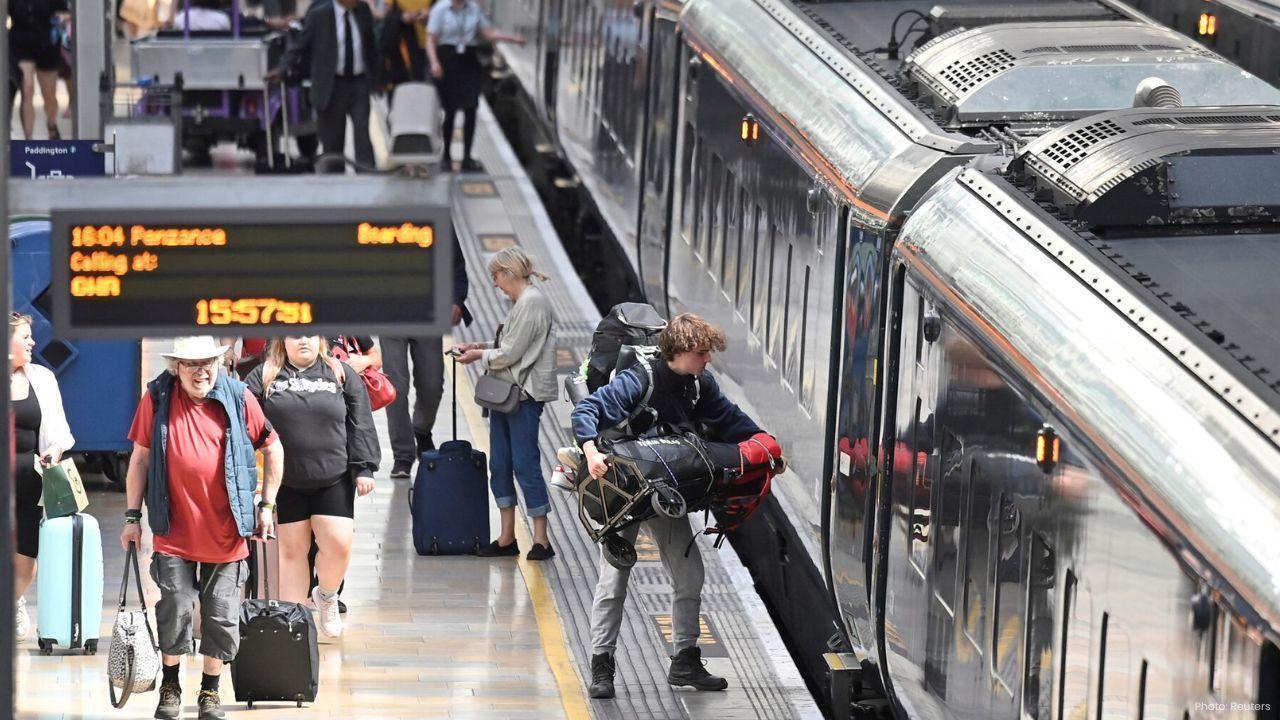
Steelpaint’s Stelcatec Coating Gets UK Rail Approval
Steelpaint’s Stelcatec coating approved by UK Network Rail for durable, fast, and effective protecti